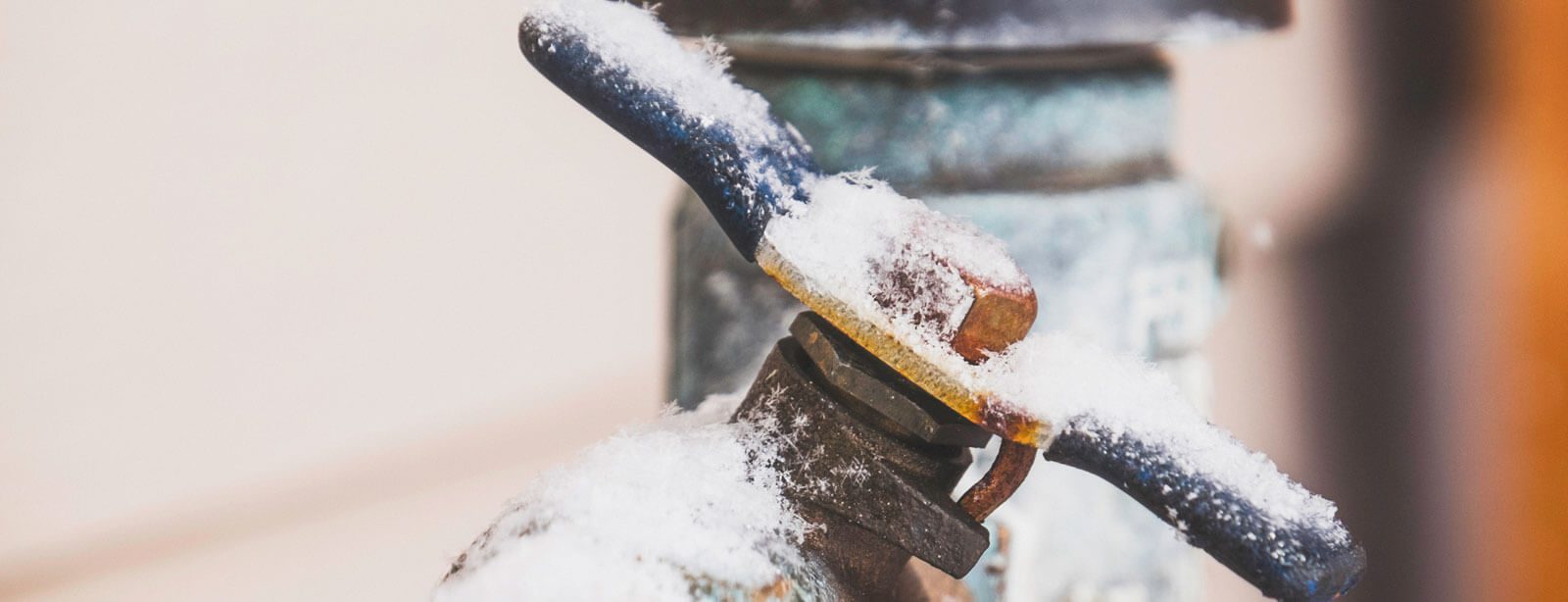Protecting Against Frozen Plumbing in Cold Weather: Essential Strategies
Protecting Against Frozen Plumbing in Cold Weather: Essential Strategies
Blog Article
Have you been in search of facts around Preventing and dealing with frozen pipes?

Winter can ruin your pipes, specifically by freezing pipelines. Below's how to prevent it from happening and what to do if it does.
Introduction
As temperatures decline, the threat of icy pipelines rises, possibly causing expensive repairs and water damages. Understanding how to prevent frozen pipelines is crucial for house owners in cool climates.
Avoidance Tips
Shielding vulnerable pipes
Wrap pipes in insulation sleeves or utilize warm tape to safeguard them from freezing temperatures. Focus on pipes in unheated or exterior locations of the home.
Home heating methods
Keep indoor spaces adequately warmed, especially locations with plumbing. Open cupboard doors to permit warm air to distribute around pipelines under sinks.
Just how to identify frozen pipes
Try to find reduced water circulation from taps, uncommon smells or sounds from pipelines, and noticeable frost on revealed pipelines.
Long-Term Solutions
Architectural changes
Take into consideration rerouting pipelines far from exterior walls or unheated areas. Include added insulation to attic rooms, basements, and crawl spaces.
Upgrading insulation
Invest in top quality insulation for pipes, attic rooms, and walls. Proper insulation helps keep constant temperatures and lowers the danger of frozen pipelines.
Safeguarding Exterior Plumbing
Yard hoses and outdoor taps
Detach and drain yard pipes prior to winter months. Mount frost-proof spigots or cover exterior faucets with shielded caps.
Comprehending Frozen Pipelines
What triggers pipes to freeze?
Pipelines freeze when exposed to temperature levels listed below 32 ° F (0 ° C) for extended periods. As water inside the pipelines ices up, it increases, taxing the pipe walls and potentially causing them to rupture.
Dangers and damages
Frozen pipes can cause water disturbances, residential property damages, and costly repair services. Burst pipes can flooding homes and create substantial structural damage.
Indicators of Frozen Water Lines
Determining frozen pipelines early can prevent them from breaking.
What to Do If Your Pipelines Freeze
Immediate actions to take
If you suspect icy pipes, maintain faucets available to alleviate stress as the ice melts. Make use of a hairdryer or towels soaked in warm water to thaw pipelines slowly.
Verdict
Avoiding icy pipelines requires positive actions and quick actions. By recognizing the causes, indications, and safety nets, house owners can safeguard their plumbing throughout winter.
5 Ways to Prevent Frozen Pipes
Drain Outdoor Faucets and Disconnect Hoses
First, close the shut-off valve that controls the flow of water in the pipe to your outdoor faucet. Then, head outside to disconnect and drain your hose and open the outdoor faucet to allow the water to completely drain out of the line. Turn off the faucet when done. Finally, head back to the shut-off valve and drain the remaining water inside the pipe into a bucket or container. Additionally, if you have a home irrigation system, you should consider hiring an expert to clear the system of water each year.
Insulate Pipes
One of the best and most cost-effective methods for preventing frozen water pipes is to wrap your pipes with insulation. This is especially important for areas in your home that aren’t exposed to heat, such as an attic. We suggest using foam sleeves, which can typically be found at your local hardware store.
Keep Heat Running at 65
Your pipes are located inside your walls, and the temperature there is much colder than the rest of the house. To prevent your pipes from freezing, The Insurance Information Institute suggests that you keep your home heated to at least 65 degrees, even when traveling. You may want to invest in smart devices that can keep an eye on the temperature in your home while you’re away.
Leave Water Dripping
Moving water — even a small trickle — can prevent ice from forming inside your pipes. When freezing temps are imminent, start a drip of water from all faucets that serve exposed pipes. Leaving a few faucets running will also help relieve pressure inside the pipes and help prevent a rupture if the water inside freezes.
Open Cupboard Doors
Warm your kitchen and bathroom pipes by opening cupboards and vanities. You should also leave your interior doors ajar to help warm air circulate evenly throughout your home.

I recently found that blog post about Prevent Frozen Pipes while looking around the search engines. I beg you pause to promote this write-up if you enjoyed reading it. Many thanks for taking the time to read it.
About This Report this page